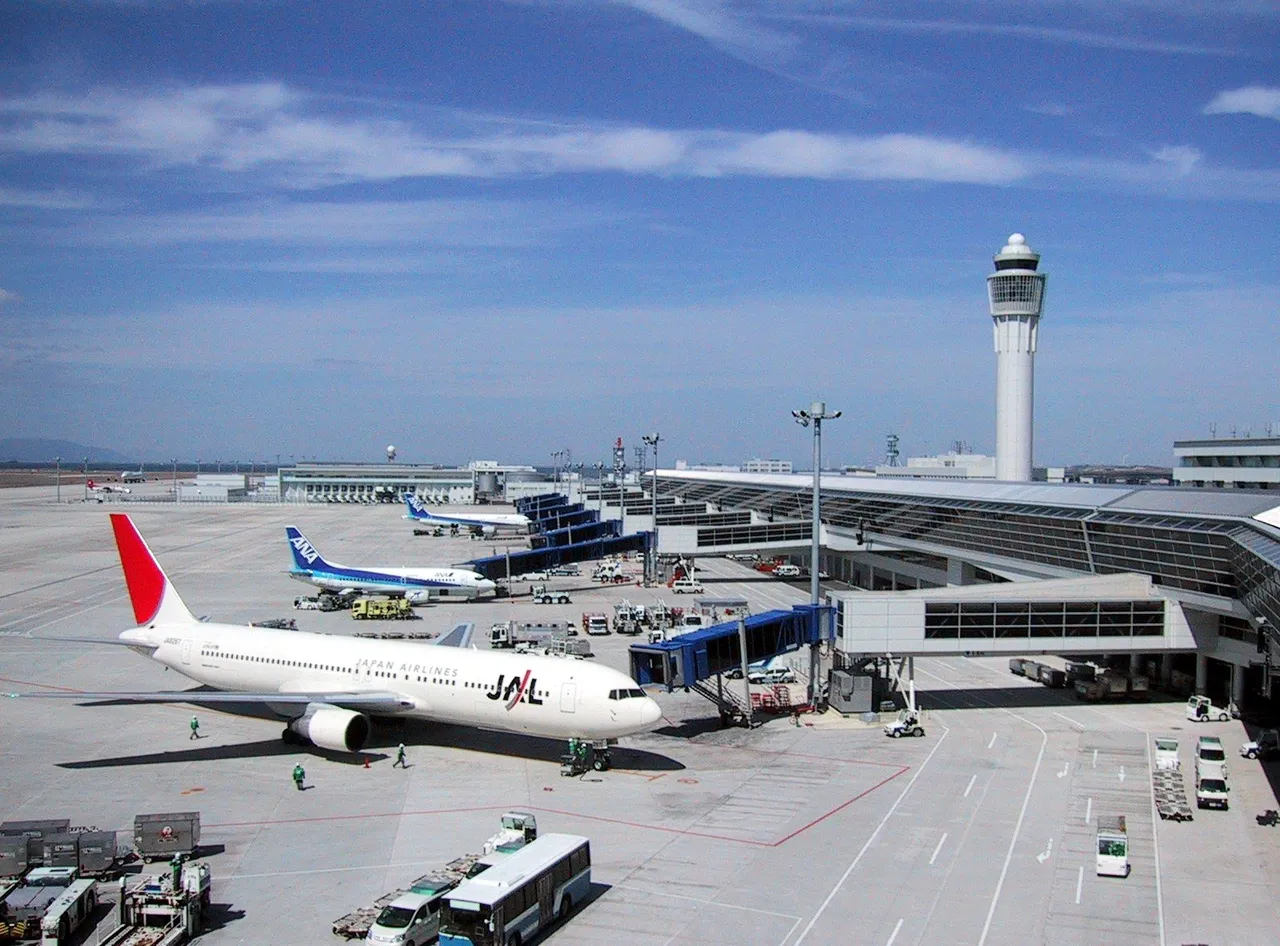
An airport is a location where aircraft, such as planes and helicopters, take off and land. It typically includes a runway, taxiways, and other infrastructure to support air travel. Airports are used for both commercial and private aviation, and can range in size from small, regional airports to large, international airports that handle millions of passengers and cargo each year.
An airport typically has a variety of facilities and services, such as:
- Runways: These are the long, flat surfaces where aircraft take off and land.
- Taxiways: These are the paths that aircraft use to move between the runway and other areas of the airport, such as parking areas or hangars.
- Terminal buildings: These are the buildings where passengers check in for their flights, drop off their luggage, and go through security screening before boarding their aircraft.
- Aircraft parking areas: These are the areas where aircraft are parked when they are not in use.
- Hangars: These are large buildings where aircraft can be stored and maintained.
- Control tower: This is a tall tower that provides air traffic controllers with a view of the runways and surrounding airspace, allowing them to direct aircraft movement and ensure safe takeoffs and landings.
- Navigation aids: These are systems that help pilots navigate, such as radar and beacons.
- Emergency services: These are services, such as fire and rescue, that are available in case of an emergency.
- Cargo facilities: These are areas where cargo is loaded and unloaded from aircraft.
- Ground transportation: This includes buses, trains, and other vehicles that transport passengers and cargo between the airport and other areas.
Airports: Gateways to the Sky
Key Functions:
- Takeoff and Landing: At the heart of an airport lies the runway, a paved stretch where planes soar skyward and gracefully descend.
- Passenger Hub: Terminals act as central stations, guiding passengers through check-in, security, boarding, and arrival with a well-oiled flow.
- Cargo Crossroads: Beyond passengers, airports handle tons of cargo, shipped in and out through dedicated facilities.
- Maintenance Hangars: Behind the scenes, hangar spaces ensure planes are kept in tip-top shape, undergoing regular maintenance and inspections.
- Control Towers: Guiding eyes watch over everything from the air, with control towers coordinating takeoffs, landings, and traffic in the busy airspace.
Types of Airports:
- Commercial Airports: These giants cater to passenger and cargo airlines, connecting cities and countries through scheduled flights.
- General Aviation Airports: Smaller airports host private planes, recreational flights, and training operations.
- Military Airfields: Dedicated to military aircraft, these bases serve national defense and logistical needs.
More than Just Travel:
Airports are microcosms of the world, with shops, restaurants, and even hotels catering to travelers' needs. Art installations, cultural exhibits, and entertainment options can turn waiting times into mini-adventures.
Busiest Airport
There are a number of metrics for busiest airport.
By Passenger Traffic:
- World Champion: The crown currently belongs to Hartsfield–Jackson Atlanta International Airport (ATL) in the United States. This bustling hub consistently tops the charts with over 51 million passengers in 2023, handling an average of 750,000 per day.
- Global Runners-up: Following ATL are Dubai International Airport (DXB) with roughly 48 million passengers and Tokyo Haneda Airport (HND) with 44 million.
- Regional Standouts: In terms of specific regions, London Heathrow Airport (LHR) reigns supreme in Europe with 39 million passengers, while Beijing Capital International Airport (PEK) dominates Asia (excluding HND) with 45 million.
By Aircraft Operations:
- Global Kingpin: Guangzhou Baiyun International Airport (CAN) in China takes the lead in this category, boasting over 870,000 aircraft movements in 2023. It primarily handles domestic flights within China, contributing to its high volume.
- American Contenders: In the United States, Hartsfield–Jackson Atlanta International Airport (ATL) once again shines, claiming the second spot with around 830,000 aircraft movements. Next come Chicago O'Hare International Airport (ORD) and Dallas/Fort Worth International Airport (DFW) with close to 800,000 and 750,000 movements respectively.
By International Passengers:
Hub for Global Travelers: Dubai International Airport (DXB) reigns supreme here, welcoming over 35 million international passengers in 2023. Its strategic location and connection to major airlines make it a key transit point for global travel.
European and Asian Champs: Amsterdam Schiphol Airport (AMS) in Europe and Singapore Changi Airport (SIN) in Asia follow closely with around 32 million and 31 million international passengers respectively.
